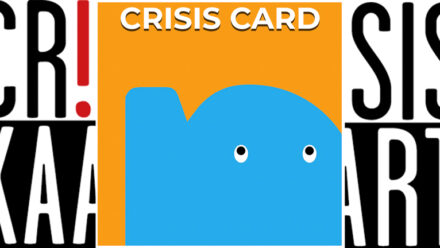
The ACT or FACT model is used more and more in mental health care. This method seems especially valuable for people with serious problems in multiple aspects of life. (F)ACT means that workers actively reach out to those who need help, to support them within their own community and environment.
ACT and FACT teams are proactive
ACT and FACT teams get in touch – early and proactively – with people who have serious psychological problems. They reach out when there are strong indications that someone is struggling in multiple aspects of life. Care workers in ACT and FACT teams make house calls to offer support.
(F)ACT stands for (Flexible) Assertive Community Treatment
The F for “Flexible” means that there is variation in how much support the team provides. “Assertive” means “outreaching”: the care workers step outside their facility doors and are out there, on the streets. “Community” refers to a town district, in the street or at home. And “Treatment” means they offer counselling and support during the recovery process.
Difference between ACT and FACT
While ACT is mostly used for crisis intervention and stabilisation, FACT also focuses on rehabilitation and recovery. Rehabilitation means rediscovering the various roles you had in society, with respect to housing, working and spare time.
(F)ACT is specifically meant for patients with serious psychiatric problems, who have a need for both practical support and easily accessible treatment. The patient does not have one single therapist, but a whole team of therapists. The diverse nature of the team means the patient has access to a wide range of expertise and can get help in various aspects of life – depending on what he/she needs most.
The (F)ACT team usually consists of these specialists:
- An out-patient psychiatric nurse;
- A programme leader;
- A supported housing counsellor;
- A social worker;
- A psychiatrist;
- An experience worker;
- A community psychiatric nurse;
- An addiction expert.
Method
A (F)ACT team provides care to a small number of patients. To be able to quickly respond to changes in a patient’s condition, (F)ACT teams discuss all patients on a daily basis. The needed and desired activities are planned day by day. The frequency of interaction between the (F)ACT team and the patients depends on the client. On average, there are two interactions per week. Patients can contact them for support 24/7.
FACT teams have two ways of working:
- When someone is leading a more balanced life (again), they are supported by one single member of the team. This member acts as case manager and supports the patient during the recovery process and in rediscovering a role and place in society (rehabilitation);
- When someone is struggling with serious problems in multiple aspects of life, or if the impact on people around them is too strong, intensive support is provided by the entire FACT team to prevent someone from going (deeper into) crisis.
Other groups
The ACT or FACT model seems to be valuable for many other patient groups as well. Among these group are adults with both a serious psychiatric disorder and a history of crime and/or addiction. Youths and elderly with complicated problems, and people with mild intellectual disability.




